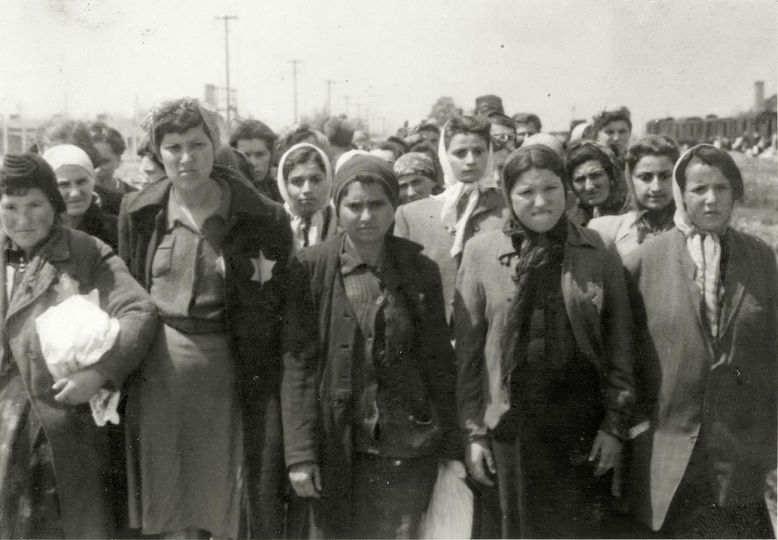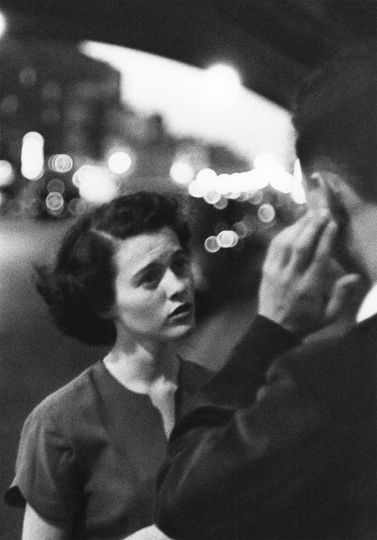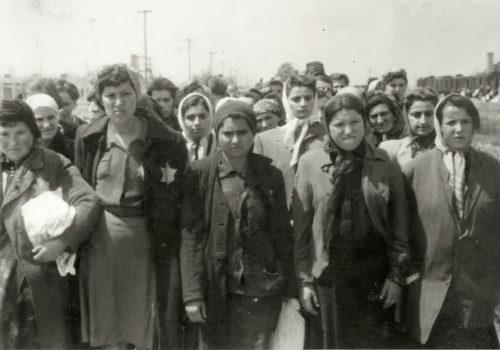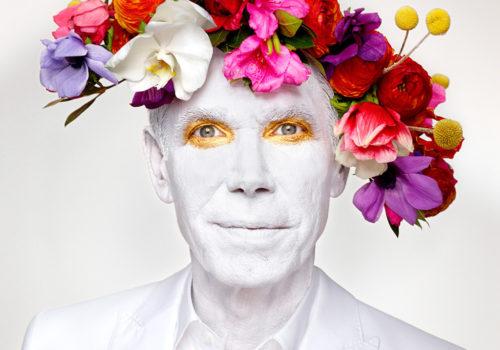In Madrid, the MAPFRE Foundation has organised a major retrospective of the work of American photographer Nicholas Nixon. Devised by Carlos Gollonet, the retrospective provides a complete overview from the photographer very beginnings in 1970.His fifty years career is summed up in two vast galleries, a few walls, it’s a successful gamble for the Spanish foundation. Among his series, the exhibition recreates the artist’s long-term work on intimacy and time.
One can look at Nicholas Nixon’s photography as if opening a dictionary. In a dictionary, we find a load of definitions and when we finally find the word we’re looking for, we understand every dimension of this word. For us, the knowledge of it is a revelation.
Nicholas Nixon’s photography is the same. In front of his works, the words spring to mind, simple, limited and if we thought we knew the meaning, their definition is expanded. It stretches out, broadens, our imagining of the word grows, its nature transformed.
A short exercise, individual or collective, could be amusing: you have to describe in one single sentence, one single expression or even one single word, a photograph or, even worse, a photographic series. The exercise allows you to draw on the roots of the imagination, to understand how the language and the vision is articulated and to express our emotions in front of the work. In this exhibition, some of Nixon’s series lend themselves marvellously to this game.
In Couples, for years Nixon approached couples of different ages, origins, persuasions and sexes. He got as close to them as possible, to the point of brushing against their skin, to detail their intimacy, the thick pores of a shaved beard, nipples vermilion and swollen with desire, lips gently together in abandon to the other. He was interested in the skin, the surfaces, the entangled boundaries of two beings and, curiously, the word which comes to me is that of interior. If it has to be explained, in front of each portrait, comes the curious impression of seeing the interior of each person reflected in the other.
The intimacy of his photography has to be seen in relation to the time when it was made. We often talk about his most well-known photographic series, The Brown Sisters. But less familiar are portraits that Nicholas Nixon made of his wife and himself, his daughter Clementine and his wife, Clementine and himself. The time that Nixon records is not necessarily chronological, even if we can look at his series as a simple evolution of the man in his life and among his family. The time can also be that of feelings, of a mother and father’s sacred commitment to their child – an almost religious scene (Bebe and I, Cambridge 1981), to slip into the serene outcome of a life (Bebe and I, Savignac de Miremeont, France, 2011). The back of the eye seems to me to be the most appropriate expression. In their eyes, the mysteries sparkle ceaselessly and we can hardly guess what they mean by love.
The series The Brown Sisters can also be understood as the perfect illustration of time and intimacy photographed by Nixon.it is the photographer’s best-known work. The MAPFRE Foundation has put the series in its entirety on one wall. Since 2009, MAPFRE has acquired the series and, every year, has bought portraits of the Brown sisters when they were produced by the photographer.
Nixon’s method is quite simple. For almost forty years he has photographed, both inside and outside, the four Brown sisters in the same order. We can recognise his wife among them, second from the left. Only their postures change.
We can see passage of time, the differences wrought by age, each one’s own character, the tragedies that unite and undo. We can read the series like an anthropological reflection, focussing on fashions in dress and hair styles. Finally, we can make a thousand assumptions about the state of each one’s soul and their relationships. A harmony of difference, Kamasi Washington’s expression, best describes these portraits of the four sisters.
Among the other marvellous series, there is the attention that Nixon pays to the vulnerability of the sick. This aspect of Nixon’s work is little known. It is one of the most powerful produced by the photographer. Over the years, Nixon wanted to show the decline as well as the humanity of fifteen patients touched by physical and mental illness. He followed them in their daily lives, in hospital, in their struggles, their abandonment, their courage. A subject overflowing with compassion.
Arthur Dayras
Arthur is an author specialising in photography who lives and works in Paris.
Nicholas Nixon
From 14th September 2017 to 7th January 2018
Fondation MAPFRE
Paseo de recoletos, 23
28004 Madrid
Espagne
















